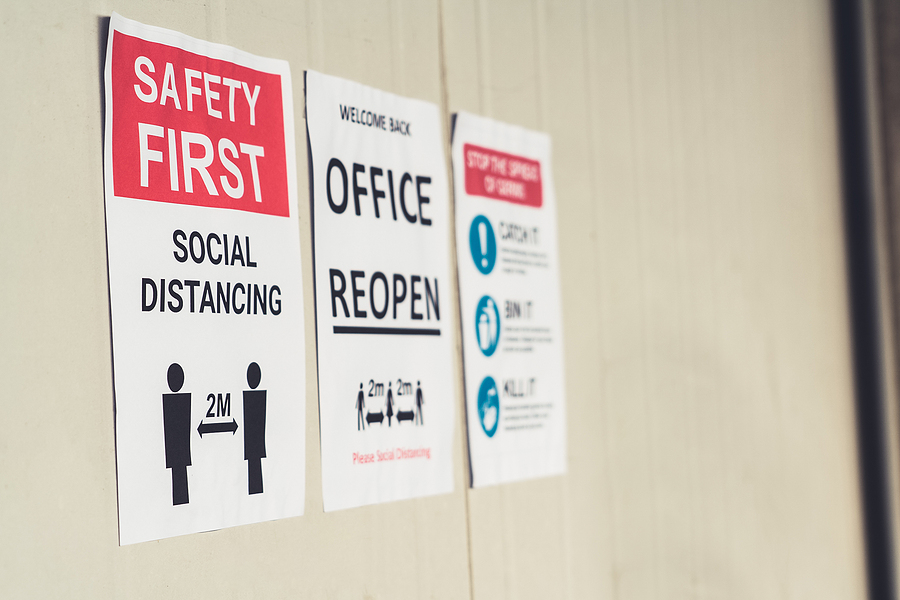
Keeping your company’s oil and gas workers safe during the current COVID-19 global pandemic is not only the humane and morally correct thing to do, but it is also the only way to avoid lawsuits and fees that could damage your company.
It is first important to know and remember that following the guidelines set by OSHA is not a political debate, although it is also not required by law. If your company follows the laws and rules set by OSHA for day to day work in a normal, non-pandemic environment, then you should be following the COVID-19 guidelines provided by OSHA.
Regardless of your personal beliefs, the health of your employees is what is keeping your company moving and growing. Do not take the health of your employees lightly, as it could ruin your company. It can also lead to extremely bad publicity.
The OSHA guidelines for COVID-19 primarily makes use of the mandate set by OSHA that requires employers to comply with health and safety standards already created by OSHA or an OSHA approved local or state plan.
On top of that, the Act’s General Duty Clause Section 5 (a) (1) states that employers are required to provide their employees a workspace free of hazards that are recognized to cause severe harm or death. The COVID-19 virus is a recognized hazard that can cause severe harm or death.
What are the OSHA Guidelines for the Oil and Gas Industry?
The oil and gas industry is a low to medium risk industry, however, you should follow these guidelines below to make sure you are protecting yourself, your employees, and your country.
- Create staggered, scheduled times for employees for arrival and departure so that areas such as locker rooms, break rooms, smoking areas, parking lots, and control rooms do not get overcrowded.
- Promote single-file and 6-foot distance movement around facilities when possible.
- Put floor, wall, and door markings reminding employees to social distance and keep sanitized.
- Have workers monitor each other’s behavior and create cohort groups so that if one person gets sick, the others can stay home and get tested.
- Limit the number of staff allowed in small spaces such as doghouses, control rooms, and so on.
- Use virtual meeting resources instead of physical meetings.
- Stagger and schedule break times. This includes water, bathroom, and smoke breaks. Create temporary break locations to keep staff socially distant.
- Move tables and chairs 6-feet away from each other or add partitions to keep distant.
- Make use of spaces that are not frequently used, such as training and conference rooms for break spaces. Utilize outside spaces by using tents for a shaded break space.
- Encourage employees to cease
carpooling.
- If this is an issue for company shuttles, limit the number of people per ride.
- Sanitize the whole shuttle between trips or groups of people.
- Keep the windows open.
- Keep faces (nose and mouth,) covered.
- Provide hygiene equipment like hand sanitizer to employees before and after the ride.
Encourage all your employees to follow CDC guidelines at home and in the workplace wherever possible. This includes keeping your mouth and nose covered by a face covering, keeping up personal hygiene, following social distance guidelines, and staying home if tested positive for COVID-19.
Take your employee’s temperature when they arrive. Tell them to stay home if they are sick and if they test positive for COVID-19, alert their manager or company to take action against the spread via sanitizing and testing employees who were in contact with the infected individual.
